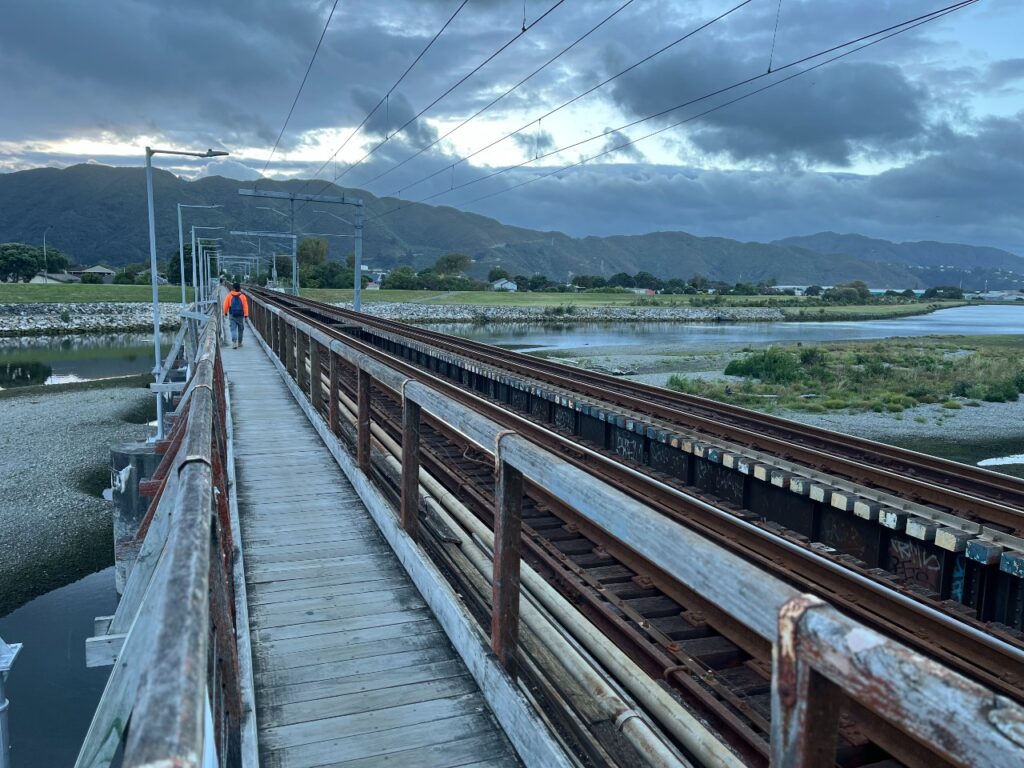Council election year has rolled around again.
Sitting councillors dust off their collection of corflute signs and mull whether their grinning mugshots can serve again, or are too far removed from the reality of three more years’ toll on their actual looks.
Challengers plan their campaigns. Where have the current lot gone wrong; what are the policies and pitches that will appeal to voters in October?
Continue reading “Tough questions on the election – and sludge waste drying”

